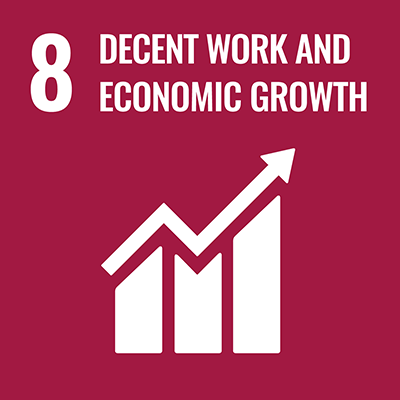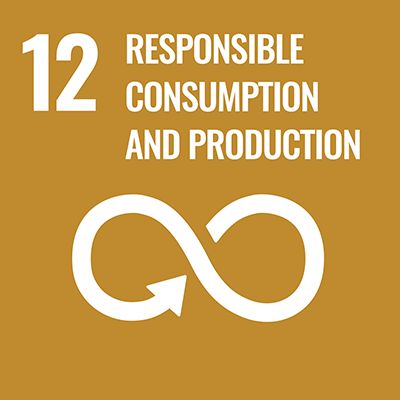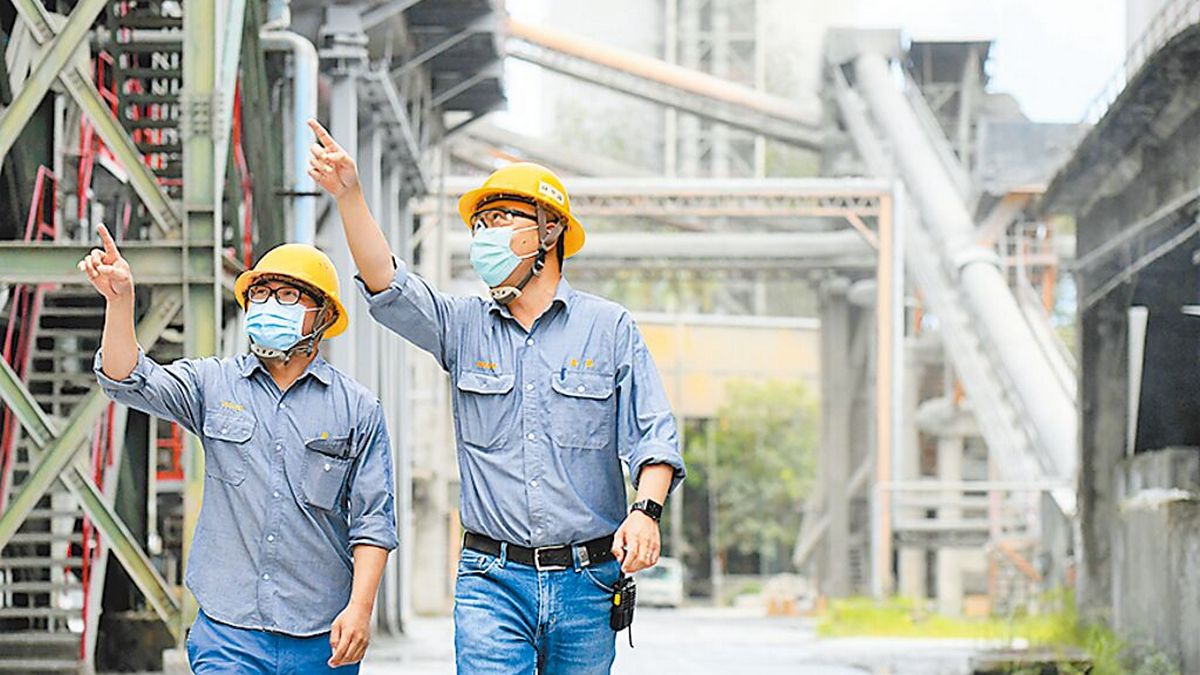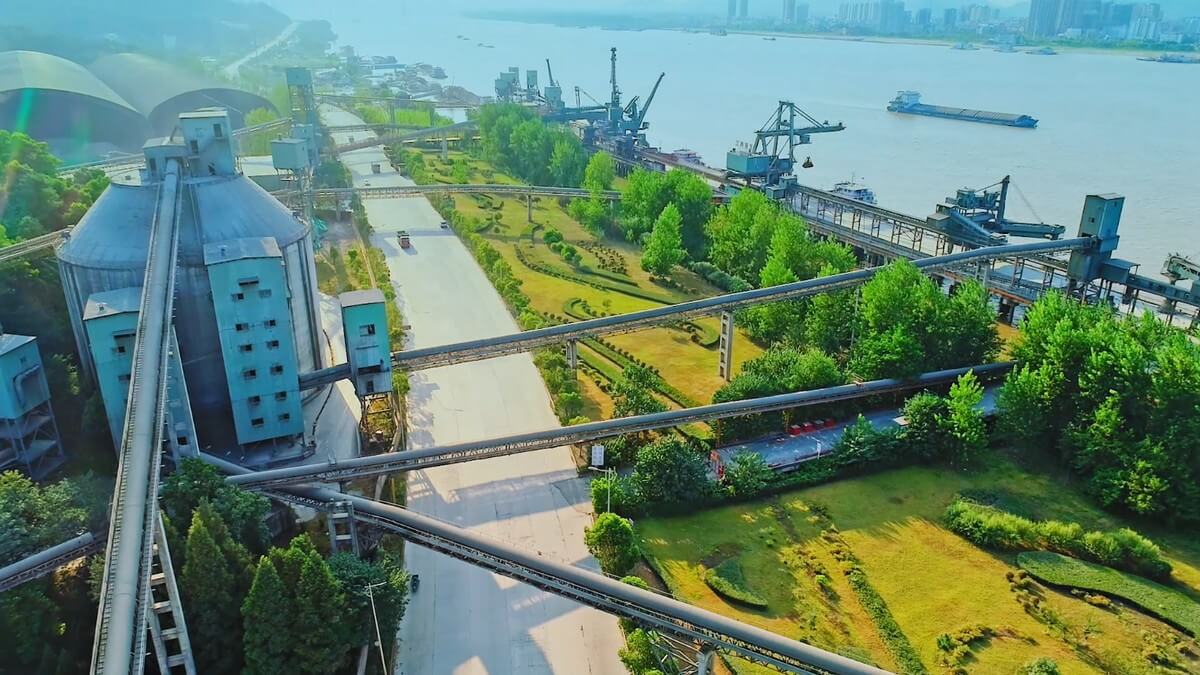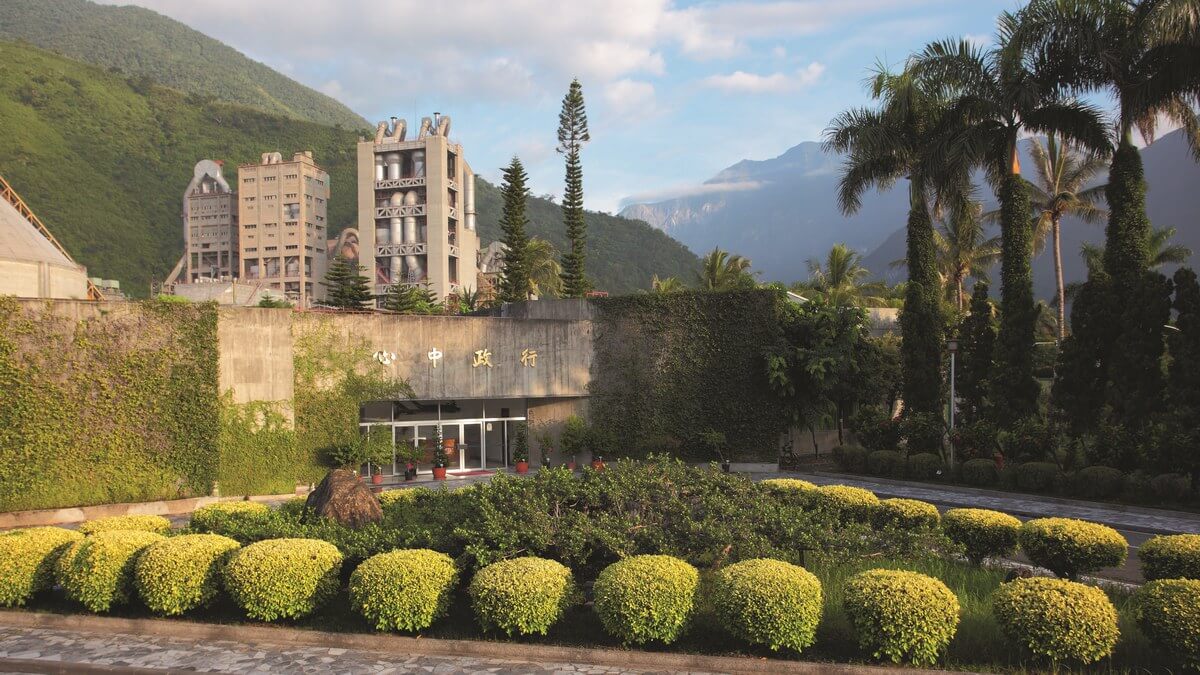Exploring Western China
After its survival in the Xichuan earthquake, Asia Cement was a business miracle in China producing a win-win situation in environmental protection and economics. Asia Cement China has since its inception continually generated a competitive edge and maintains its goal to raise the performance standards in the cement industry in China.
Before Asia Cement established its Hualien plant in 1973, Taiwan’s cement plants and their environs were engulfed in dust pollution. This adversely impacted the surrounding air quality, scenery and nature and gave a negative perception of economic development at the environment’s expense.
With the support of Far Eastern’s Founder, Mr. Yu-Ziang Hsu, Tsai-Hsiung Chang designed the Hualien plant to utilize the double-mixing equipment for the reduction of raw material reaction in the kiln. This heroic effort created a new method to stabilize the kiln process and reduced pollution through dust reduction helping to solve pollution issues and increase production efficiency. In addition, by incorporating the stage method to mine limestone and reintroduce vegetation to the quarry areas, the company was able to preserve the site’s beautiful scenery and air quality and become a role model where government officials chose to bring other company owners to study and observe successful ways to solve their own pollution problems.
Revolution in the Cement Industry
“Solving the cement industry’s pollution problem effectively started with Asia Cement Corporation (ACC),” Asia Cement (China) CEO, Tsai-Hsiung Chang says.
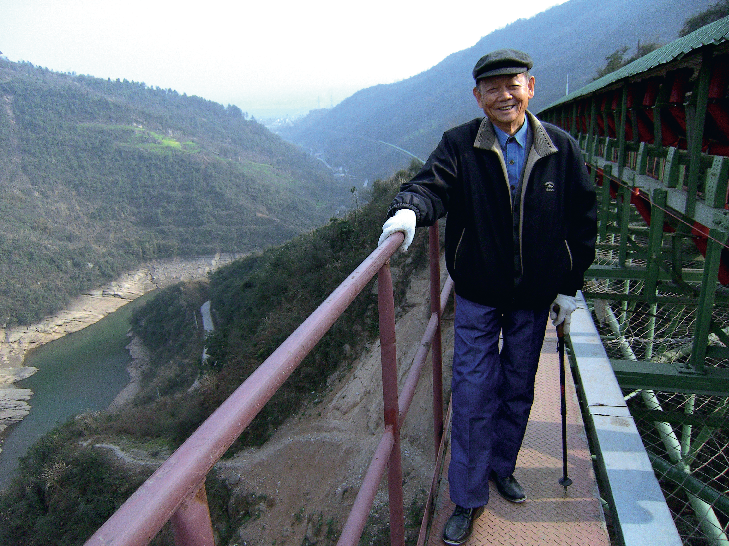
In addition, to better plant design, another revolution in the industry occurred with the method of cement delivery. The Hualien plant uses a fully enclosed self-loading/unloading cement vessel to ship cement around the island, with major cement storage facilities set up in the Kaohsiung, Taichung, Keelung, and Hualien harbors all across Taiwan to increase efficiency and reduce transportation costs. The entire loading/unloading process is completed through enclosed pipelines to prevent any adverse affects on the surrounding air quality. ACC’s innovative transportation method takes place without compromising the environment or its efficiency creating an excellent competitive edge for ACC to enter China’s cement market.
With a far-sighted vision, Tsai-Hsiung Chang realized the potential of the western regions of China. While planning an ACC site in Jiangxi, China, difficulties arose as Chinese government officials became concerned about pollution in the cement industry as a whole. With this in mind, in 1996, Chinese officials were invited to visit the special intricacies of ACC’s Hualien plant and witnessed the process, which all agreed provided a win-win situation in both the preservation of the environment and an efficient business operation. Sold on its design, a visiting official exclaimed that this was the type of cement plant China wanted and Chinese officials stance changed from doubt to eagerly awaiting ACC’s mainland plant applications.
In 2000, ACC seamlessly installed the first mining plant in Jiangxi, China and put its first kiln into operation. In keeping with its plan of 10 operating kilns by October 2010, the annual yield has potential to reach 24 million tons of cement.
Focus on Plant Quality, Seek Operating Efficiency
The top two continuing areas of focus for ACC are the design quality of the plant and its ability to withstand seismic activity. Most of the kilns in western China are ancient and are the result of many pollution issues in the area. Because of this, Tsai-Hsiung Chang insists on ACC designing the building plan itself. Key equipment and parts were imported from+ Europe and with the experience gained from earthquakes from the Hualien plant in eastern Taiwan, Chang insisted on its ability to withstand an earthquake with 7.0 Richter magnitude, despite escalating costs significantly. This approach paid off during the catastrophe of the Xichuan earthquake that struck on May 12, 2008.
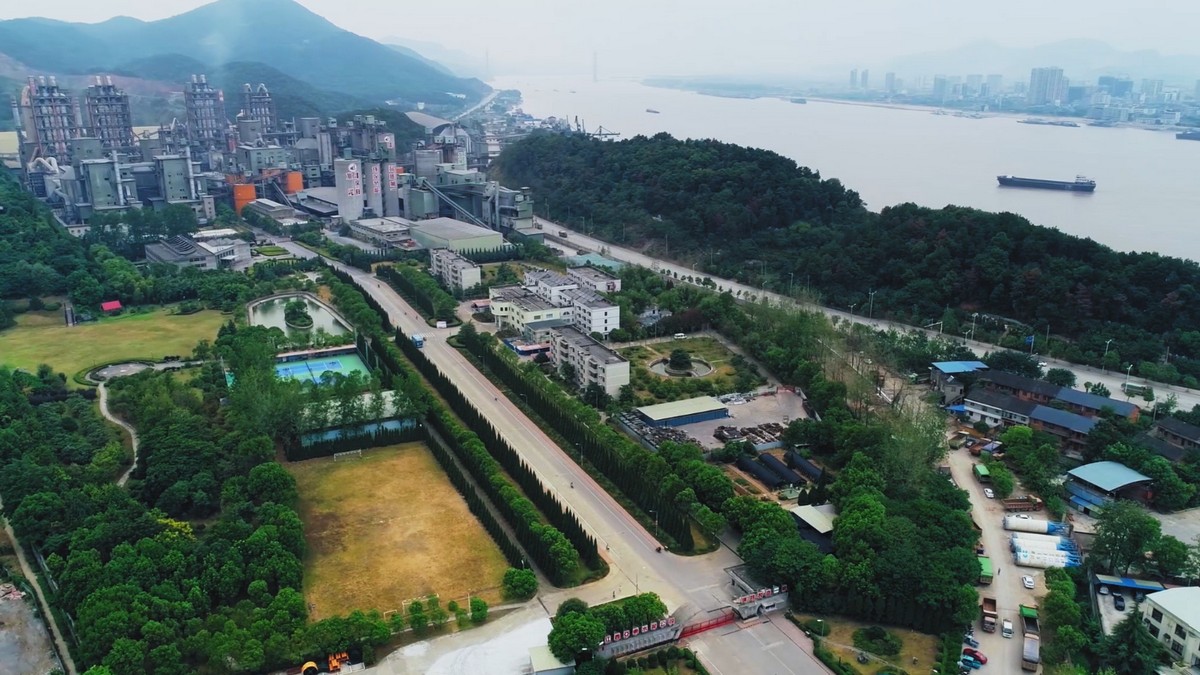
During that time, ACC (China) was planning to list on the Hong Kong Stock Exchange on May 20th a few days later. The Xichuan earthquake caused prospective investors to worry about damage incurred at the ACC (China) Chengdu plant located only 40 kilometers away from the epicenter fearing it would be unable to list in Hong Kong as well. ACC”s Chengdu plant recovered and was back in production within seven days allowing ACC (China) to successfully list on the Hong Kong Stock Exchange according to plan. The rebuilding of Xichuan in the aftermath of the earthquake increased the demand for cement in western China, and ACC (China) was able to make important contributions to benefit the rebuilding efforts.
The ACC (China) plant’s production efficiency is high compared to its peers. Annually, the plant has 340 operating days, compared to its peers’ 330 days of production. According to Taiwan Stock Exchange statistics, other Taiwanese companies have reported investment losses in China, while ACC (China) has had continuous profits since 2004, reporting over NT$2.6 billion in record profits, even the major Chinese cement businesses such as, Anhui Conch Cement Company, have commented that “Asia Cement China is critical to us.”
“Asia Cement’s vision is to become the most competitive cement company in central-western China,” Tsai-Hsiung Chang says.
Business and Company
News Type
UN SDG
Share
Download
Source
60th Anniversary Book - The Mission of Business Future




